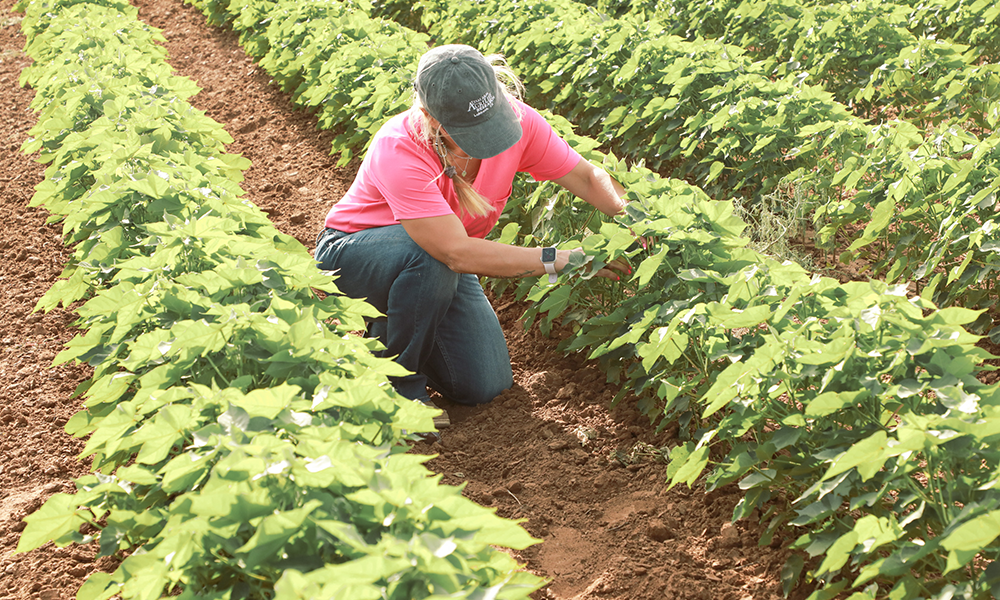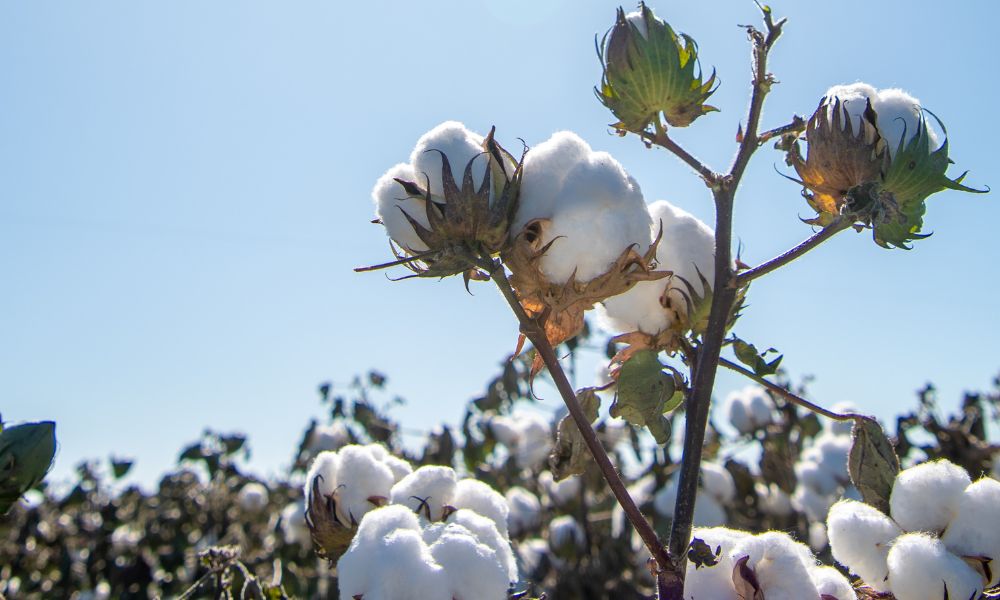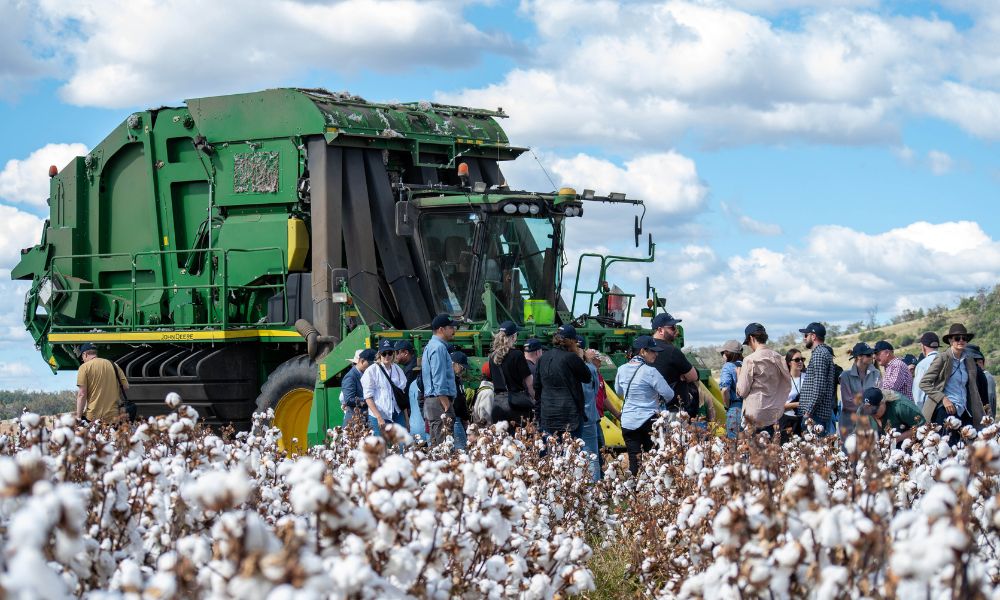Supply and Demand for U.S. Cotton in 2020
May 8, 2020
This has been a year full of uncertainty across industries, and that has absolutely been true for U.S. cotton.
Cotton demand is sensitive to global economic growth, and cotton prices can be affected dramatically by changes in the global economic situation. One major source of uncertainty in 2019 resulted from the U.S.-China trade dispute.
This is what happened during the last round of tariff escalation with China in August-September of 2019:
- Cotton prices dropped below 60 cents/lb for the first time since April 2016.
- Shortly after prices dropped, tensions eased and prices began to rebound.
- By winter, cotton prices had climbed to levels over 70 cents/lb — a price level that is commonly considered to be above break-even by many growers.

Despite reassuring numbers, the onset of winter brought about a much bigger threat to the global economy. The emergence of COVID-19 in China represented a threat to global apparel supply chains, which commonly rely on China for one or more inputs, even if garments are not sourced from China. This initially resulted in supply issues posed by delayed or uncompleted orders.
The rapid spread of the virus beyond China and the resulting general shutdowns in economic activity around the world produced a collapse in demand.
Despite economic uncertainty, the seasons are progressing. Typically, ahead of planting, growers will study prices for different crops and choose to devote more of their acreage to the one that offers them the best return. This year has been exceptional for its volatility, and the challenge of guessing which crop may represent the best option is difficult.
In early spring, the USDA conducts surveys to gauge the planting intent of U.S. farmers and the results of these surveys are published in the Prospective Plantings Report at the end of March. The 2020 edition suggests that cotton acreage will be nearly even with the level planted one year ago (-0.4%, or 13.7 million acres).

This finding contrasts with some other predictions which called for nearly a 10% reduction in cotton acreage in 2020. The rise of cotton prices to above 70 cents/lb in late winter is likely a factor that contributed to the higher acreage estimate by the USDA. Since then, cotton prices have dropped to below 60 cents/lb again — a factor that may lead actual planted acres to be lower than the current USDA forecast.
The next set of USDA acreage estimates are due out at the end of June. Between now and then, the cotton market faces uncertainty.
If March predictions prove accurate, we are at risk of having a large inventories increase. Improved weather conditions relative to 2019 could easily result in a harvest of over 20 million bales. With only about 3 million bales of domestic use, this means a near-record volume of cotton will need to be exported to prevent a buildup in stocks (the record for U.S. exports is 17.7 million bales). With the global economy in turmoil as a result of the COVID-19 pandemic, it may be difficult to export near the record, and the threat of a substantial increase in warehoused supply could weigh on prices in the U.S. and around the world for the foreseeable future.
The work we do is possible because of collaborations and partnerships with people all throughout the value chain. Ready to commit to sustainably produced cotton? Become a Cotton LEADS partner today. Interested in doing even more? Contact us for ideas to get the most out of sustainable cotton and your partnership with Cotton LEADS.














Recent Comments